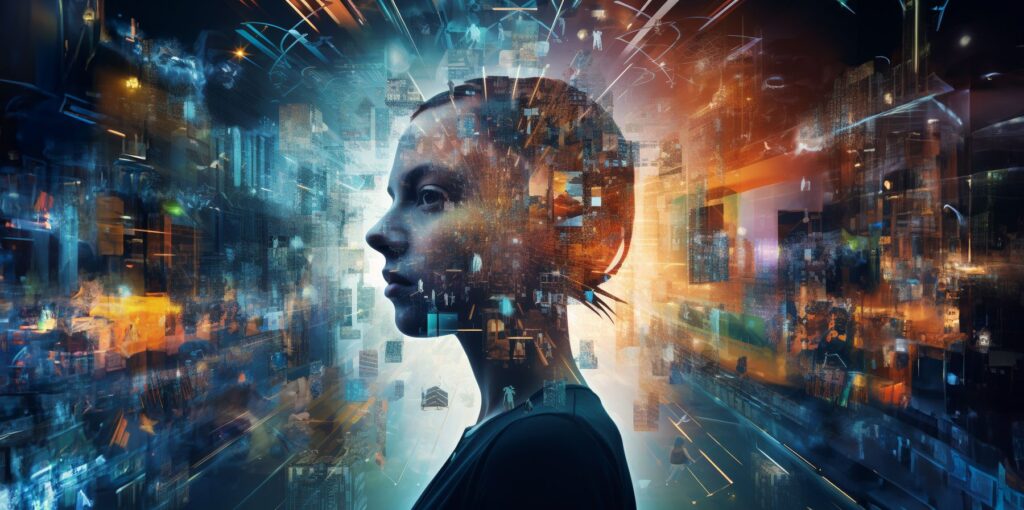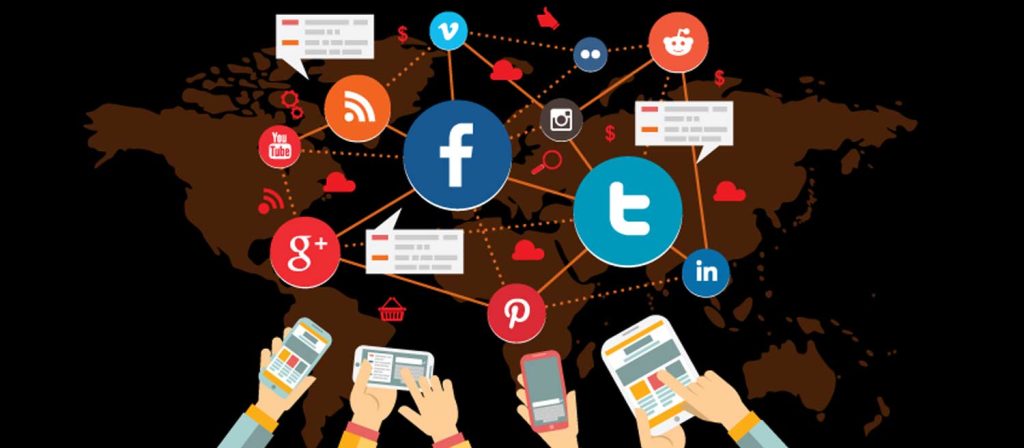The Intersection of AI and Art
The emergence of artificial intelligence (AI) in the art world has sparked debates about creativity, authorship, and the very definition of artistic expression. AI-generated art, created using machine learning models like generative adversarial networks (GANs) and deep learning algorithms, has disrupted traditional artistic processes. From digital paintings to music compositions and even literature, AI is pushing the boundaries of creativity, challenging the roles of human artists while opening new possibilities in the art industry.
How AI Creates Art: The Technology Behind Creativity
1. Generative Adversarial Networks (GANs) and Neural Networks
- GANs, introduced by Ian Goodfellow in 2014, consist of two neural networks—one generating images and the other refining them—resulting in hyper-realistic artwork.
- AI models like DALL·E, DeepDream, and Runway ML analyze vast datasets of existing art to create novel compositions.
- These systems learn artistic styles, color palettes, and brushstroke techniques to replicate and innovate upon human creativity.
2. Style Transfer and AI-Assisted Design
- Neural networks can analyze and apply the style of one artwork to another, enabling AI to generate images that blend different artistic influences.
- AI-assisted design tools help artists refine their ideas, automate repetitive tasks, and enhance their creative process rather than replace it.
3. Text-to-Image AI Models
- Platforms like MidJourney and Stable Diffusion generate images based on textual prompts, allowing users to create highly detailed artwork without traditional artistic skills.
- These models democratize art creation, enabling individuals with no formal training to experiment with digital artistry.
The Impact of AI on the Art Industry
1. Redefining Creativity and Artistic Expression
- AI challenges traditional definitions of creativity by demonstrating that machines can produce aesthetically pleasing and conceptually complex art.
- Critics argue that AI lacks human emotion and intent, making its creations less “authentic.”
- Some artists embrace AI as a collaborative tool, integrating its capabilities into their workflow rather than viewing it as a competitor.
2. Changing the Art Market and Collectibility
- AI-generated art has gained recognition in galleries and auction houses, with pieces selling for substantial amounts. In 2018, Christie’s sold an AI-generated portrait, Edmond de Belamy, for $432,500.
- AI art is fueling the rise of digital collectibles and NFTs (non-fungible tokens), allowing artists to tokenize and sell their work in decentralized marketplaces.
- The accessibility of AI tools has led to concerns about market saturation, potentially devaluing traditional art.
3. The Role of Human Artists in the AI Era
- Many artists use AI as a co-creative partner, utilizing its ability to generate ideas and automate design elements.
- Human intervention remains crucial in refining AI-generated art, adding unique touches, and guiding creative direction.
- Some fear that AI may diminish the value of traditional craftsmanship, while others see it as a means to explore new artistic frontiers.
4. Ethical and Copyright Challenges
- AI-generated art raises complex legal and ethical issues regarding authorship and intellectual property rights.
- Some AI models train on copyrighted artworks without permission, leading to concerns about originality and fair use.
- Legal frameworks are evolving to address whether AI-generated works can be copyrighted and who should be credited—the artist, the programmer, or the AI itself.
5. The Future of AI-Generated Art: Innovation or Imitation?
- As AI models become more sophisticated, they will generate increasingly intricate and thought-provoking artworks.
- AI may eventually create art that is indistinguishable from human-made pieces, further blurring the lines between human and machine creativity.
- The art world must adapt to this technological shift by redefining artistic value, ownership, and the role of AI in creative expression.
AI-generated art is reshaping the creative landscape, introducing new possibilities and challenges for artists, collectors, and institutions. While AI can produce visually stunning pieces, human creativity remains central in guiding and contextualizing artistic expression. As technology continues to evolve, the collaboration between human artists and AI will define the next chapter of artistic innovation.
From Our Editorial Team
Our Editorial team comprises of over 15 highly motivated bunch of individuals, who work tirelessly to get the most sought after curated content for our subscribers.



